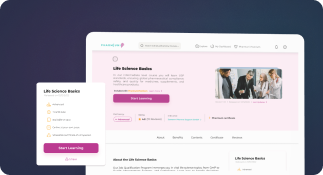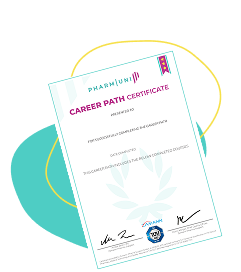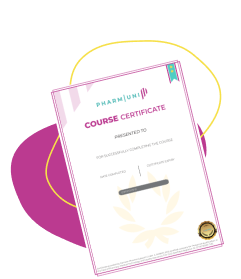Revalidation in GMP (Good Manufacturing Practice)
Definition
Revalidation is a critical component of the validation lifecycle in pharmaceutical manufacturing and other life sciences industries. It refers to the repeated validation of a process, system, or equipment to ensure continued compliance with predetermined specifications and regulatory requirements. Revalidation is typically performed after changes, deviations, or at set intervals to confirm that the validated state is maintained over time.
Detailed Explanation
Within the framework of Good Manufacturing Practice (GMP), validation ensures that manufacturing processes consistently produce products meeting quality standards. Revalidation, as part of the validation lifecycle, ensures that validated systems remain in a state of control throughout their operational life.
Types of Revalidation
Revalidation can be categorized into three main types:
- Periodic Revalidation: Conducted at scheduled intervals (e.g., every 1–3 years) to confirm that no unintended changes or degradation have occurred over time.
- Change-Control Revalidation: Triggered by planned changes in process, equipment, raw materials, or software that could impact product quality.
- Deviation-Based Revalidation: Initiated after a deviation, out-of-specification (OOS) result, or failure that may indicate a loss of process control.
When is Revalidation Required?
According to GMP regulations and industry guidance (e.g., FDA, EMA, ICH), revalidation is required in the following scenarios:
- After significant changes to manufacturing processes or equipment
- Following facility relocation or major maintenance activities
- When introducing new raw material suppliers
- After software or automation upgrades in computerized systems
- In response to recurring deviations or quality issues
- On a periodic basis as part of a site’s validation master plan (VMP)
Revalidation in the Validation Lifecycle
The validation lifecycle includes three stages: Process Design, Process Qualification, and Continued Process Verification (CPV). Revalidation supports the third stage, ensuring sustained process control. It acts as a feedback mechanism to detect and correct potential process drift or variability.
Example: Revalidation in Sterile Manufacturing
In sterile pharmaceutical operations, revalidation of cleanrooms and HVAC systems is critical. For instance, if a HEPA filter is replaced, environmental monitoring data must be reassessed, and airflow visualization studies may need to be repeated to revalidate the cleanroom’s performance.
Documentation and Compliance
All revalidation activities must be thoroughly documented, including protocols, test results, deviations, and conclusions. These documents are subject to regulatory inspection and must demonstrate that the process remains in a validated state.
Benefits of Revalidation
- Ensures ongoing product quality and patient safety
- Maintains compliance with GMP and regulatory expectations
- Identifies process improvements and prevents failures
- Supports data integrity and quality assurance systems



